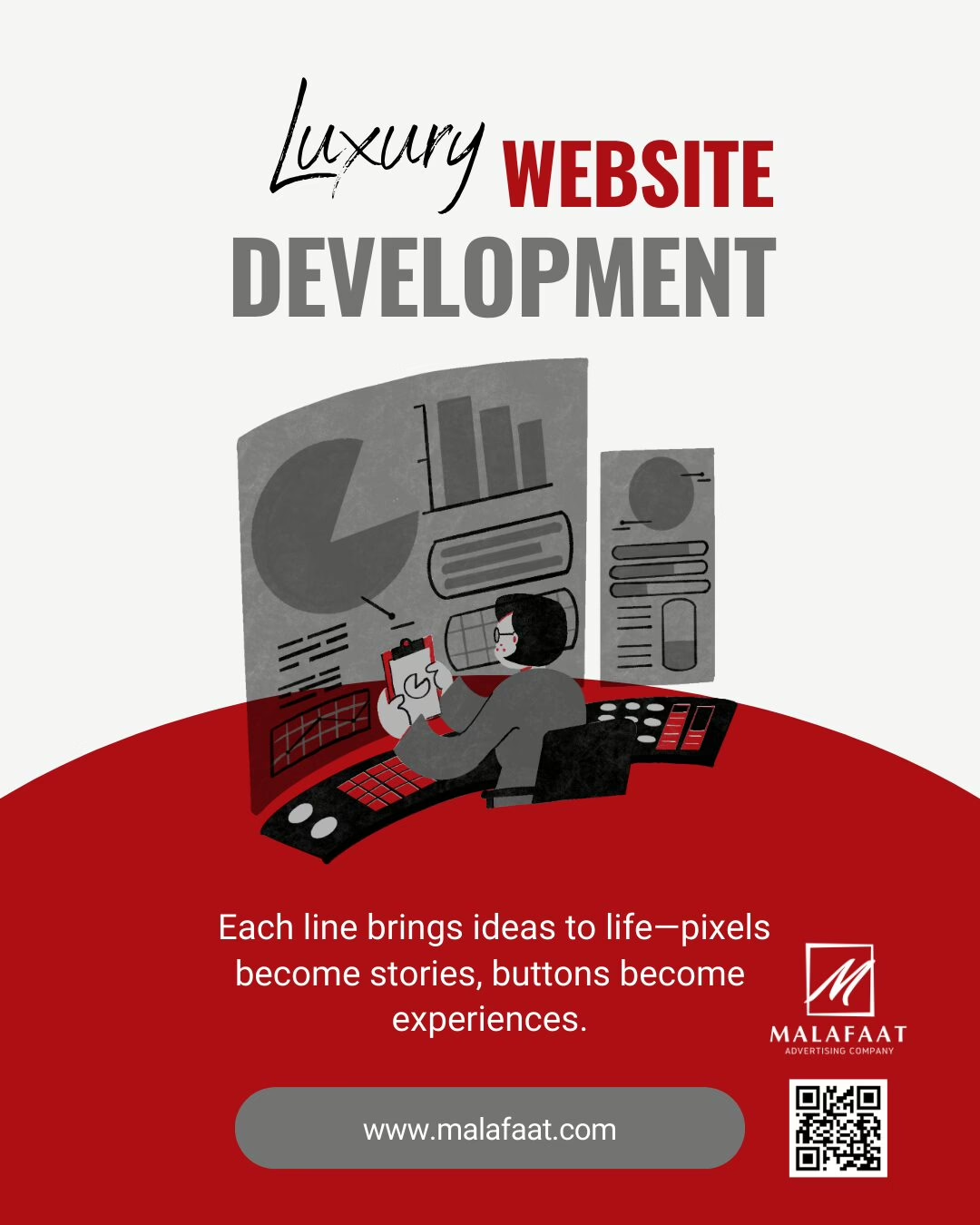Web design Types is the process of planning, conceptualizing, and creating the layout, structure, and visual appearance of a website.
in short : It goes beyond just making a site look attractive – it also ensures that the website is functional, user-friendly, and optimized for different devices and browsers.
in addition, A good web design combines creativity with technology, balancing aesthetics and usability to deliver a smooth browsing experience.

What is Web Designing?
Web designing refers to the creation and arrangement of content, graphics, structure, and interactive features on a website.
Moreover, It involves both the visual aspects (colors, typography, images, and layout) and the functional aspects (navigation, responsiveness, and user experience).
in short, Key elements of web designing include:
-
Layout – How content is structured and arranged.
-
Color scheme – The combination of colors that reflect a brand or mood.
-
Typography – Font styles and readability across devices.
-
Graphics & media – Images, videos, and icons used for engagement.
-
Navigation – Easy access to information through menus and links.
-
Responsiveness – Ensuring compatibility across desktops, tablets, and smartphones.
Web Design Types
Web design can be categorized into different types based on style, layout, and purpose.
in addition, Below are the most common types:
1. Static Web Design
-
Built with basic HTML and CSS.
-
Content remains fixed and doesn’t change dynamically.
-
Suitable for small websites or portfolios that don’t require frequent updates.
-
Uses server-side scripting (like PHP, ASP, or JavaScript frameworks).
-
Content is updated automatically from databases.
-
Ideal for blogs, e-commerce sites, and social platforms.
-
Ensures the website adapts to different screen sizes.
-
Provides a seamless experience on desktops, tablets, and mobile devices.
-
in addition, Uses flexible layouts, grids, and media queries.
-
Similar to responsive design but uses predefined screen sizes.
-
The website detects the device and loads the appropriate layout.
-
Faster but less flexible than responsive design.
-
Specifically created for online stores.
-
Focuses on product showcases, shopping carts, payment integration, and secure transactions.
6. Minimalist Web Design
-
Focuses on simplicity, clean layouts, and limited colors.
-
Prioritizes speed, clarity, and user focus.
7. Illustrative & Multimedia Web Design
-
Uses custom graphics, animations, and multimedia content.
-
Popular for creative industries like design studios, gaming, and entertainment.
Conclusion
Web designing is not just about aesthetics; in addition, it’s about creating a functional, engaging, and user-friendly digital experience.
Finally Whether it’s a static site for simple information, a responsive design for all devices, or an e-commerce platform for online business, choosing the right type of web design depends on the purpose and target audience.
in addition, A well-designed website enhances brand identity, builds trust, and plays a crucial role in the success of any online presence.




Leave a Reply